What caused the most toxic algal bloom ever observed in Monterey Bay?
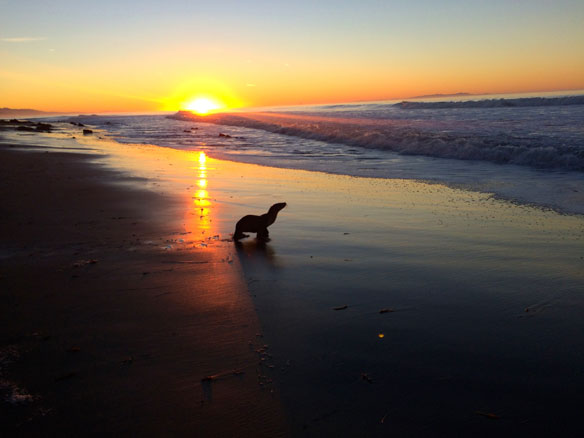
In spring 2015, the West Coast of North America experienced one of the most toxic algal blooms on record. A new article shows that, at least in Monterey Bay, this bloom became particularly toxic because of an unusually low ratio of silicate to nitrate in the waters of the bay.
Business View: ‘No Good Reason For Drilling’
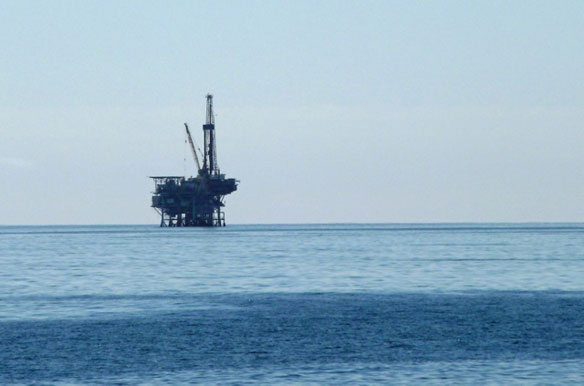
Every aspect of offshore drilling, from exploration to transporting the product from the drilling site, has implications for marine life and coastal communities.
Blue Whale Found Dead On Northern California Beach Likely Struck By Ship

A blue whale that washed ashore in northern California was struck by a ship, experts believe.
Unique Sandbar Coastal Ecosystem in Cuba Calls for Climate Solutions
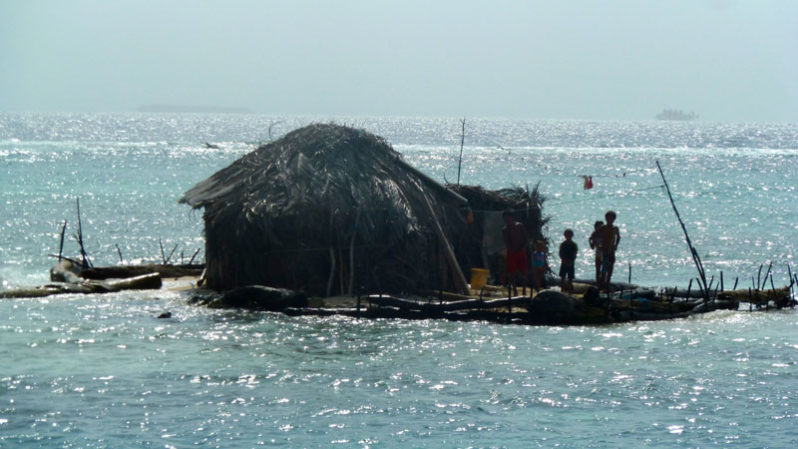
Just 13 wooden houses with lightweight roofs shield the few families that still live on one of the six coastal sandbars exclusive to Baracoa, a mountainous coastal municipality with striking nature reserves. These long and narrow sandbars between the river mouths and the sea have a name from the language of the Araucan people, the native people who once populated Cuba.
Domino Effect: The Myriad Impacts of Warming on an East Coast Estuary
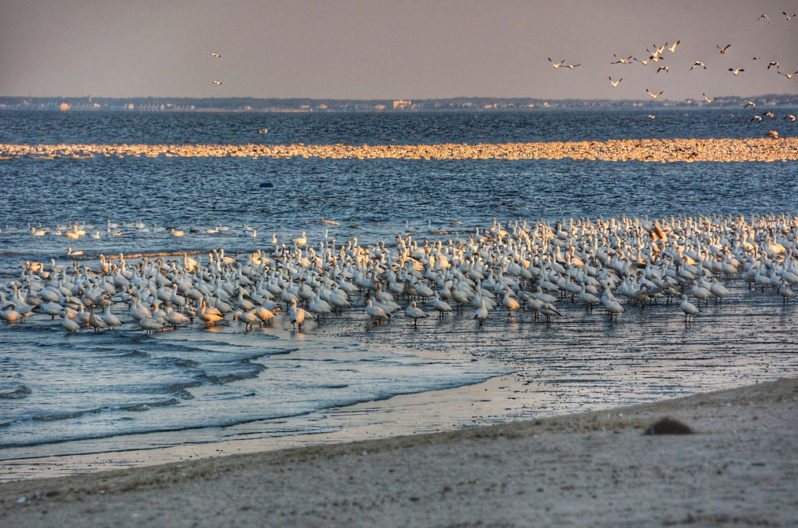
Delaware Bay provides a case study in how warming oceans, more severe storms, and sea-level rise are impacting estuaries around the world. The effects — from loss of wetlands to steep declines in shorebird populations — cascade throughout the ecosystem.
Migratory seabird deaths linked to hurricanes
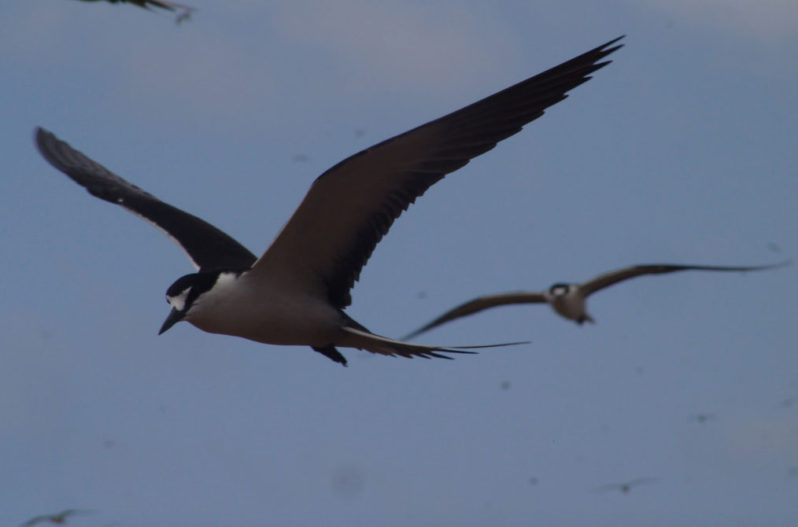
Stronger and more frequent hurricanes may pose a new threat to the sooty tern, a species of migratory seabird found throughout the Caribbean and Mid-Atlantic, a new study reveals. Although sooty terns are neither rare nor endangered, they have long been used by scientists as an indicator species to determine the health of the region’s marine environment.
Rewilding Santa Monica’s thoroughly artificial beach
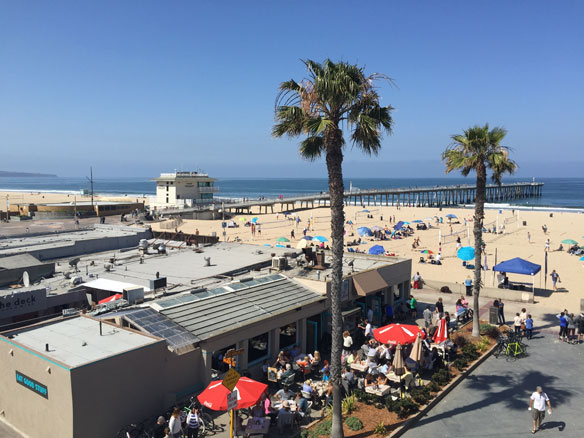
In the early 1900s, L.A. County beaches were not yet the tourist destination they would one day become. To draw more tourists, local municipalities wanted the beaches of the Santa Monica Bay to mimic those on the nation’s opposite coast: bigger, flatter, wider. Beach managers decided then, to bend the area’s geology, making Southern California beaches take on a more Floridian aesthetic. It was built by moving sand from one place and dumping it into another, turning the tourist-friendly beach into an ecological wasteland.
Threatened bird nesting again on Los Angeles area beaches
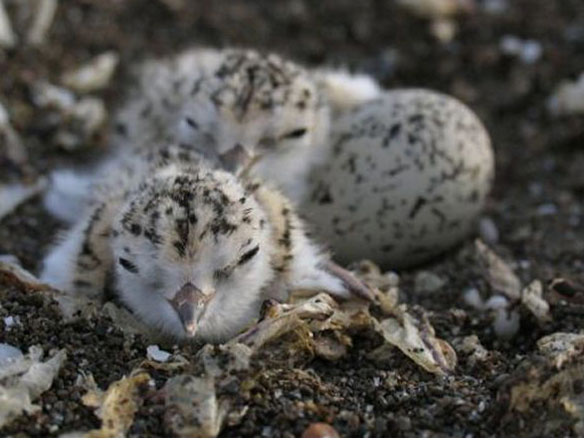
The western snowy plover is nesting along the Los Angeles area coast for the first time in nearly seven decades, federal officials said.
Affluent countries contribute less to wildlife conservation than the rest of the world

A new research collaboration has found that, despite facing a number of domestic challenges, such as poverty and political instability in many parts of the continent, Africa was found to prioritise wildlife preservation, and contribute more to conservation than any other region of the world. African countries made up four of the five top-performing mega-fauna conservation nations…
